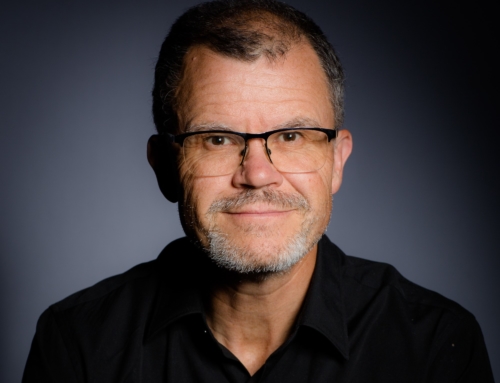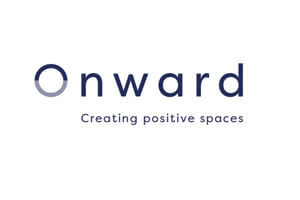The Art of Building Resilience
The fifth session in EIP’s wellbeing programme, ‘Resilience and Hope’ was led by leadership coach Silje Howes.
Silje, who lost a decade of her life to chronic pain before having her leg amputated, said “I’m bigger than the bad things that have happened to me” – a cornerstone of a resilient mindset.
Silje offered an introduction to resilience, drawing comparisons between its key ingredients and inspirations in nature, to remind us that resilience is a skill that can be developed over time.
The group looked at the 3 c’s model of resilience: the way we view challenges, our commitment to who we are, and control. Attendees also explored the Wheel of Life concept and rated each section on a scale of 1-10, identifying their strengths and dreams in each area, and assessing the balance of their wheel of life.
‘Micro resilience’ was a big focus of the session – the idea that you can develop resilience by taking control of the little things and building positive attitudes and habits. Silje challenged attendees to choose one small positive adjustment they can make each day. By phrasing something in a positive way, we can make huge changes to our thoughts and habits.
In the second half of the session, Silje introduced the six types of adversity: physical, mental, emotional, financial, social and spiritual, and spoke of advancing despite adversity. This is achieved by connecting to our purpose and meaning, using our unique strengths, and being realistically optimistic.
She also reminded us that when things get tough, we cannot walk away from hope – what does hope look like to us? “Hope lies in the adaptability of the brain”, she said. When you have to, you always find a way. She also talked through the Stockdale paradox, a theory that encourages you to face your current reality while at the same time, having faith that you will prevail.
Finally, the group looked at the ‘Six Questions’ developed by Martin Seligman. They were asked to consider a challenge they’re going through right now, and answer the questions:
- What is the worst thing that can happen?
- What can I do to stop the worst from happening?
- What is the best thing that can happen?
- What can I do to make this happen?
- What is the most likely thing to happen?
- What can I do to handle that if it happens?
This reminded us that we can be guilty of catastrophising, ignoring the most likely outcomes and forgetting that we have the skills to tackle adversity, and can keep building our resilience over time.
Read next – An introduction to Emotional Freedom Techniques






























